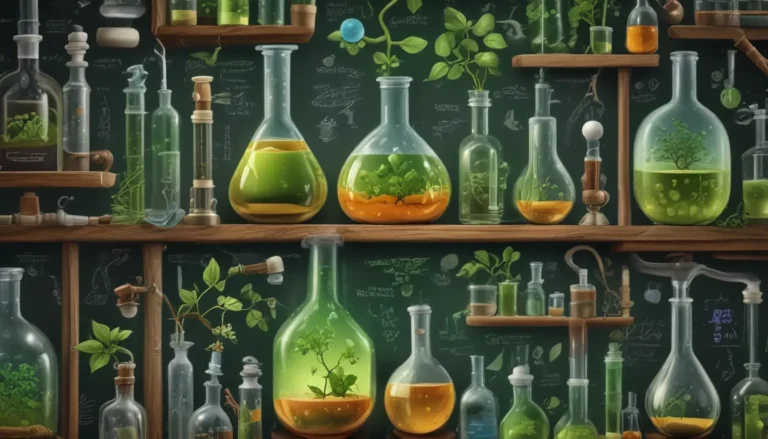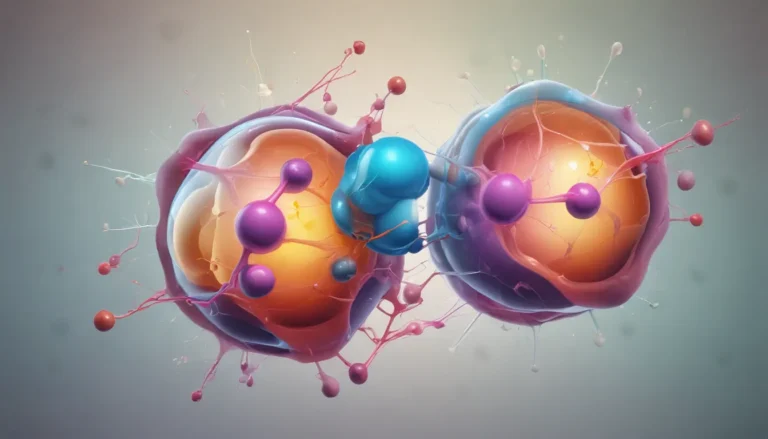A Note About Images: The images used in our articles are for illustration purposes only and may not exactly match the content. They are meant to engage readers, but the text should be relied upon for accurate information.
Are you ready to unlock the secrets of chemistry and dive into the world of molar mass? Molar mass is a fundamental concept that bridges the gap between the microscopic and macroscopic scales in chemistry. By understanding molar mass, scientists can decipher chemical reactions, calculate solution concentrations, and predict the properties of substances. Join us as we explore the fascinating world of molar mass and its relevance in the realm of chemistry.
Demystifying Molar Mass: The Magic Number
- Molar mass is the key to understanding the mysteries of chemistry, allowing scientists to convert between mass and moles effortlessly.
- It acts as a superpower in chemistry, enabling the determination of formulas, analysis of compositions, and calculation of densities.
- Defined as the mass of one mole of a substance, expressed in grams per mole (g/mol), molar mass is the cornerstone of chemical calculations and analyses.
Unraveling the Essence of Molar Mass
In the realm of chemistry, molar mass serves as a vital tool for various applications and analyses:
1. Stoichiometry Illuminated
Molar mass plays a crucial role in determining the stoichiometry of chemical reactions. By understanding the molar mass of reactants and products, scientists can balance equations accurately and predict the quantity of products formed.
2. Bridging Mass and Moles
Molar mass acts as a bridge between mass and moles, facilitating seamless conversions using Avogadro’s number. This conversion is essential for quantitative analysis and understanding the composition of substances.
3. Formulating Formulas
Molar mass aids in determining the empirical and molecular formulas of compounds. By comparing molar masses, scientists can unravel the chemical structure of compounds and delve into their properties.
4. Gazing into Gases
The molar mass of gases holds the key to calculating their density, influencing their behavior and interactions. Understanding molar mass is essential for comprehending the physical properties of gases.
5. Diving into Density
Molar mass impacts the density of substances, shedding light on their boiling point, melting point, and vapor pressure. Heavier molar masses often correspond to higher boiling and melting points.
6. Exploring Composition
By analyzing the percentage composition of compounds, scientists can unveil the molar mass of each element. This knowledge is essential for understanding the structure and composition of substances.
7. Concentration Chronicles
Molar mass plays a pivotal role in determining the concentration of solutions, a key parameter in various fields, including pharmacology and chemical engineering. Understanding molar mass is crucial for precise measurements and analyses.
Unveiling the Wonders of Molar Mass
Delving into the realm of molar mass opens doors to a newfound understanding of chemistry and its myriad applications. Whether you’re unraveling chemical equations, calculating solution concentrations, or analyzing compound compositions, molar mass serves as a guiding light in the intricate world of chemistry.
So, the next time you encounter a chemical conundrum or seek to decipher the mysteries of chemistry, remember the power of molar mass and how it simplifies the complexities of chemical calculations!
Unlocking the Beauty of Chemistry with Molar Mass
In conclusion, molar mass stands as a cornerstone concept in chemistry, guiding scientists in their quest to understand the building blocks of matter. By mastering molar mass calculations, chemists can unravel the secrets of chemical reactions, predict properties of substances, and delve into the intricacies of molecular structures.
The significance of molar mass extends beyond numerical calculations, shaping the way we perceive and interact with the world of chemistry. Embrace the magic of molar mass and embark on a journey of discovery and enlightenment in the realm of chemistry.
Discover More with Molar Mass FAQs
-
Q: What is molar mass?
A: Molar mass is the mass of one mole of a substance, expressed in grams per mole (g/mol). -
Q: How is molar mass calculated?
A: Molar mass is calculated by summing the atomic masses of all the atoms in a compound. -
Q: Why is molar mass important in chemistry?
A: Molar mass is crucial for determining the amount of substance present, balancing chemical equations, and understanding the properties of compounds. -
Q: Can molar mass be used to convert between grams and moles?
A: Yes, molar mass facilitates conversions between grams and moles, aiding in quantitative analyses. -
Q: How does molar mass affect stoichiometry?
A: Molar mass plays a vital role in stoichiometry, ensuring the balance of chemical equations and predicting yields accurately.
Let the enchantment of molar mass guide your journey through the captivating world of chemistry, unveiling the beauty and complexity of the elements that surround us.
Embrace the Power of Molar Mass
As you navigate the realm of chemistry, let the concept of molar mass serve as your compass, guiding you through the intricate calculations and analyses that define the science of matter. Embrace the magic of molar mass and embark on a journey of discovery and understanding in the captivating world of chemistry.






